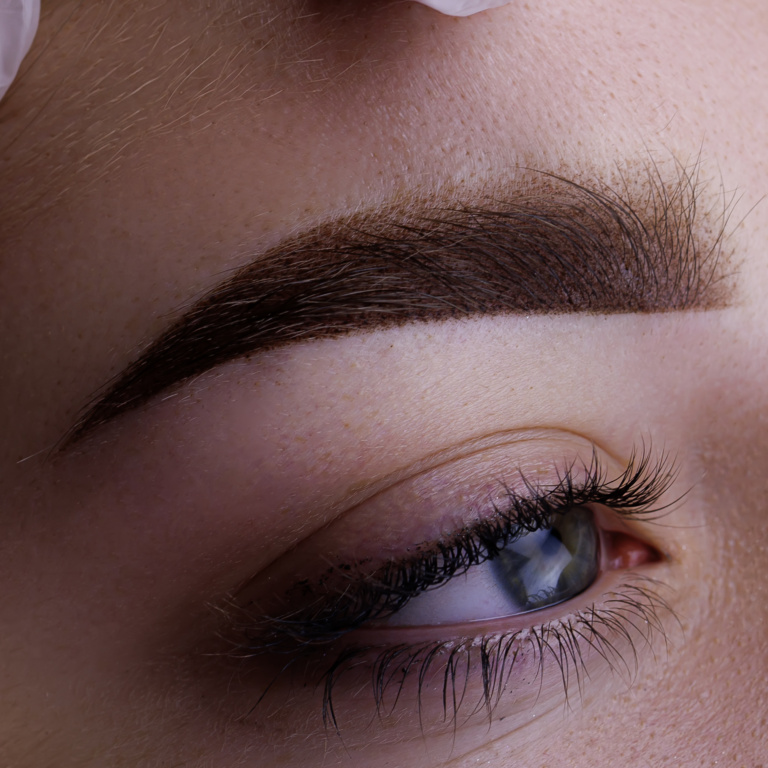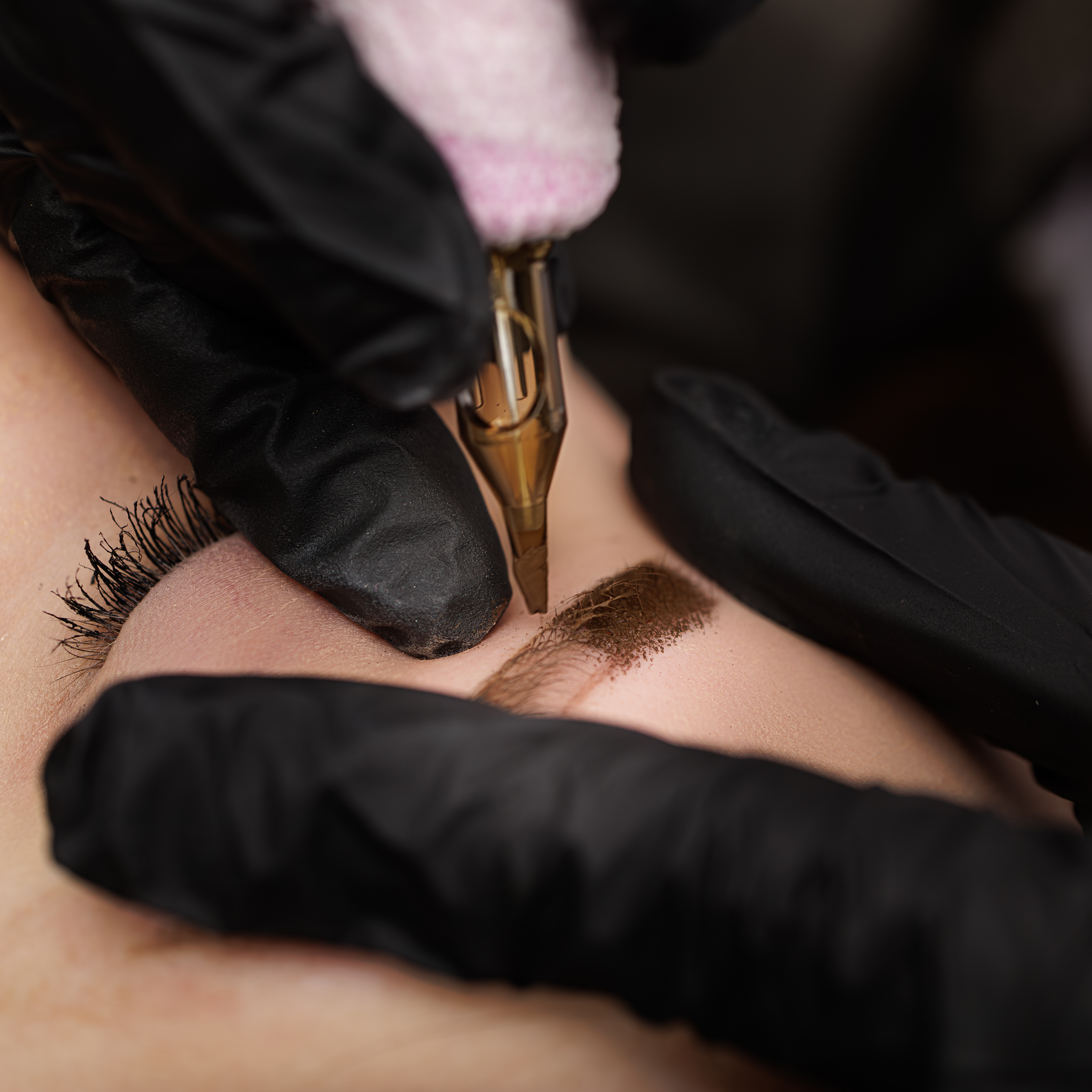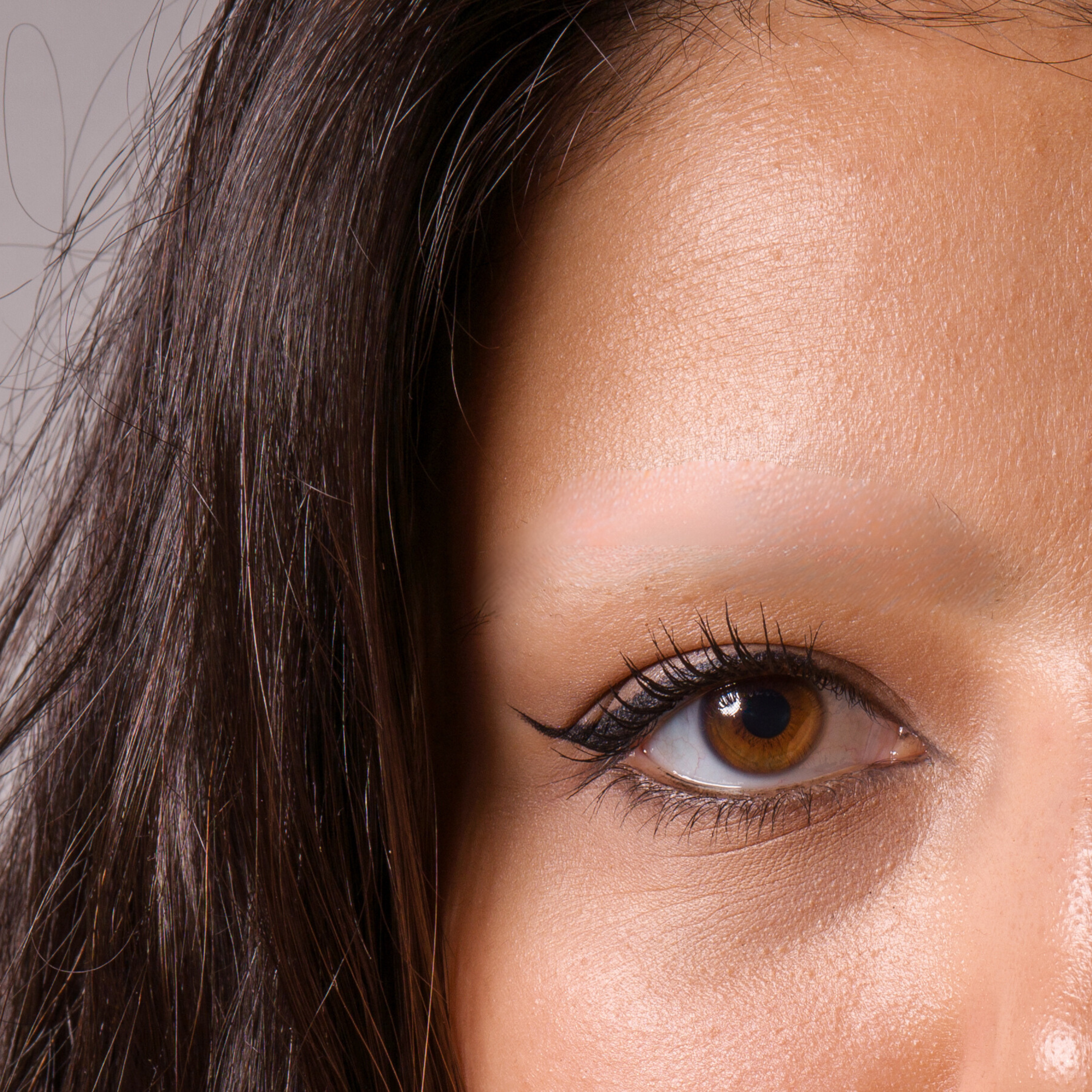Permanent makeup (PMU) is designed to enhance your brows with long-lasting results, but over time, some clients notice their brows turning unexpected shades like gray or red, and in extreme cases, blue or green. Why does this happen? Understanding pigment fading, undertones, and the need for color corrections can help both clients and artists prevent and fix these issues.

Pigment Fading and Its Role in Color Shifts
PMU pigments naturally fade over time due to factors like sun exposure, skincare products, and the body’s immune response. However, as the pigment fades, certain colors may become more dominant. Very similar to hair toning, brow toning is common and relatively easy for an experienced artist.
Lighter pigments fade first, often leaving behind a cooler or warmer tone.
Environmental exposure (sun, chemicals, exfoliation) can accelerate fading and alter pigment tones.
PMU Ink vs. Body Art Ink: Why Some Brows Turn Extreme Colors
One of the biggest misconceptions about PMU is that all tattoo inks behave the same way. However, PMU pigments are specifically formulated for facial tattooing, while body art ink is designed for deep, long-lasting color in the skin. In cases where body art ink has been mistakenly used for brows, the pigment can fade into unnatural shades like deep blue or green. This is because body tattoo ink contains a higher concentration of carbon black and other colorants that break down differently over time.
If your brows have turned an extreme color, it’s possible that body ink was used instead of high-quality PMU pigments. This often requires a more advanced correction process, sometimes including removal before applying new pigment.
The Science of Undertones in PMU
Every PMU pigment has an undertone—either warm, cool, or neutral. The skin also has undertones, and the way pigment interacts with the skin can cause shifts over time.
Cool undertones (blue, gray, green, lilac) may emerge if the pigment has too much black or cool tones.
Warm undertones (red, orange) may appear when certain pigment shades break down unevenly.
Incorrect color selection for a client’s skin tone can result in an unnatural healed color.
Why Some Brows Require Correction
When PMU brows heal to an undesired color, a correction or “toning” session is often necessary. Correction pigments are used to neutralize unwanted tones before applying a fresh, properly balanced target color.
Blue/Gray Brows → Warm Correction (Orange/Red tones)
Red/Orange Brows → Cool Correction (Olive/Green tones)
Faded Uneven Brows → Color Refresh and Neutralization

How to Prevent Unwanted Color Changes
- Choose an experienced artist who understands color theory and pigment selection.
- Follow aftercare instructions to prevent premature fading or pigment breakdown.
- Use SPF on healed brows to minimize sun-induced color shifts.
- Schedule on time touch-ups to maintain pigment vibrancy & correct color shifts before they happen.
Final Thoughts
PMU brows can change over time due to fading, undertones, and environmental factors. Understanding these changes can help clients make informed decisions about touch-ups and corrections. Additionally, ensuring that a PMU artist is using professional, high-quality PMU pigments—not body tattoo ink—is crucial for achieving natural, long-lasting results. If your brows have shifted to an unwanted color, a skilled artist can adjust them with a corrective session to restore a balanced, flattering look.
PMU color shifts are common, but they don’t have to be permanent! Let’s fix your brows with expert color correction—book your consultation today!!



